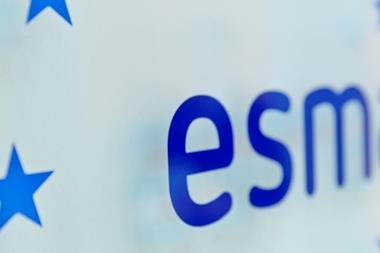Small defined benefit (DB) schemes in the UK below £250m (€292m) in assets are unlikely to run on beyond buyout funding level for “purely economic reasons”, according to Hymans Robertson.
Analysis by the consultancy firm found that the cost of running a small DB scheme is four times the cost of a large scheme.
According to its analysis, it would cost a scheme with £10m in assets £55,000 in running costs or 0.55% of the scheme’s assets. In comparison, it would cost a scheme with £1bn in assets £1.3m or 0.13% of the scheme’s assets.
This stark difference in costs is one of the key considerations for trustees and plan sponsors when thinking about running the scheme on instead of undertaking buyout with an insurer, the consultancy pointed out.
Therefore, it said, trustees and sponsors of schemes with assets below £250m are unlikely to run on for “purely economic reasons”.
In fact, a report from Aon this month found that over 2023 there was a record of 161 sub-£100m transactions with several insurers releasing a streamlined small scheme offering, including Aviva and Pension Insurance Corporation.
Laura McLaren, head of DB scheme actuary services at Hymans Robertson, said that running on beyond buyout funding is likely to be expensive for small schemes.
She pointed out that The Pensions Regulator’s (TPR) 2014 research found that the mean cost of running a small DB scheme was £1,054 per member, compared with £505 for a medium-sized scheme and £281 for a large scheme.

“Based on these numbers, our modelling suggests that for small schemes annual expenses are 0.55% of scheme assets, compared with 0.13% for large schemes,” she explained, adding that the practical costs and challenges of managing a scheme for another 20 years tend to be amplified for small schemes.
“Even if a trustee or employer considers the cost of running on to provide good value, whether it’s the right choice depends on objectives and beliefs – and whether they align,” she said.
But McLaren stressed that schemes also need to be clear about the costs and benefits of buying out with an insurer, adding that small schemes get similar longevity pricing to large schemes.
There are also things to consider when choosing between buying out and running on – this includes the effect on members. She pointed out that while moving to an insurer frees the trustees of administering benefits, it also takes away the control they have over the member experience.
She said: “By keeping scheme surplus rather than passing on this value to an insurer, trustees retain control over where the money is invested. Surplus won’t emerge overnight, and small schemes have a smaller asset base with which to generate investment returns than large schemes. Trustees and sponsors need to take a long-term view, and decide how any value would be shared.”
Read the digital edition of IPE’s latest magazine























No comments yet